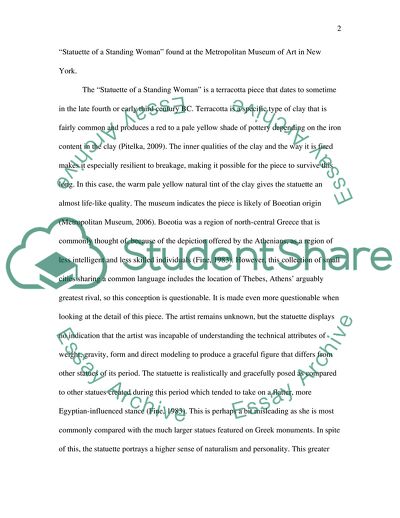Cite this document
(Ancient Ceramics Research Paper Example | Topics and Well Written Essays - 1250 words, n.d.)
Ancient Ceramics Research Paper Example | Topics and Well Written Essays - 1250 words. https://studentshare.org/culture/1742900-art-studio-ceramicmuseum-report
Ancient Ceramics Research Paper Example | Topics and Well Written Essays - 1250 words. https://studentshare.org/culture/1742900-art-studio-ceramicmuseum-report
(Ancient Ceramics Research Paper Example | Topics and Well Written Essays - 1250 Words)
Ancient Ceramics Research Paper Example | Topics and Well Written Essays - 1250 Words. https://studentshare.org/culture/1742900-art-studio-ceramicmuseum-report.
Ancient Ceramics Research Paper Example | Topics and Well Written Essays - 1250 Words. https://studentshare.org/culture/1742900-art-studio-ceramicmuseum-report.
“Ancient Ceramics Research Paper Example | Topics and Well Written Essays - 1250 Words”. https://studentshare.org/culture/1742900-art-studio-ceramicmuseum-report.


